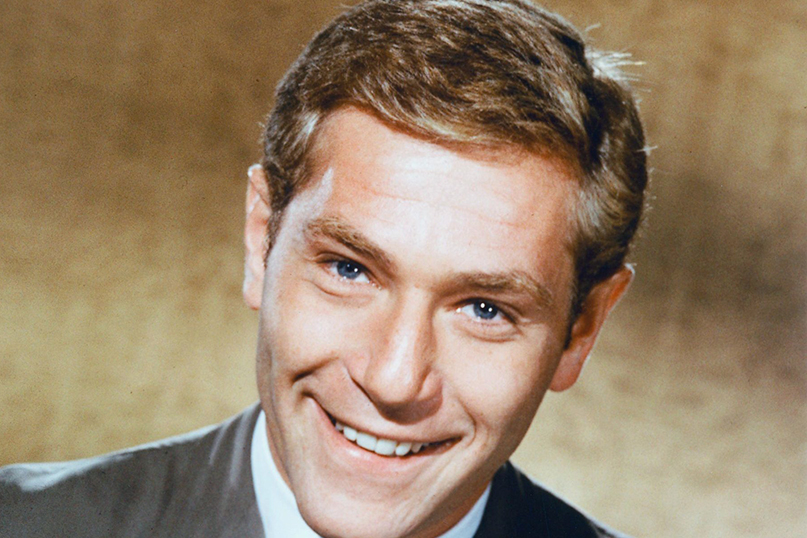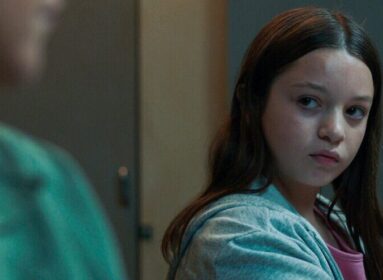
By Ron Kampeas
(JTA) – George Segal, whose career as an actor ranged from shattering Jewish stereotypes in his youth to cheerfully indulging them in his dotage, has died of complication from bypass surgery, according to his wife, Sonia Schultz Greenbaum. He was 87.
The fact that early in his career Segal had to field questions about why he didn’t change his name or fix his nose was a testament to how unusual it was at the time for a Jewish actor who could play a plausible tough guy and romantic lead to present as Jewish.
“I didn’t change my name because I don’t think George Segal is an unwieldy name,” Segal, who was born in New York, told The New York Times in 1971. “It’s a Jewish name, but not unwieldy. Nor do I think my nose is unwieldy. I think a nose job is unwieldy. I can always spot ’em. Having a nose job says more about a person than not having one.”
Segal’s meld of defiance and self-deprecation helped pave the way for actors like Elliott Gould, Dustin Hoffman and Richard Benjamin. The days of Jewish actors and actresses like John Garfield and Lauren Bacall changing their names in order to present as desirable were over.
Segal brought sex to his 1966 role as a naive academic in “Who’s Afraid of Virginia Woolf?” Segal played opposite Elizabeth Taylor and Richard Burton in the film, which earned him his only Academy Award nomination. His roles were soon Jewish as well, in films like “Bye Bye Braverman” in 1968 and “Blume in Love” in 1973. In 1970, he shattered Jewish stereotypes in “The Owl and the Pussycat,” where he starred opposite Barbra Streisand. His most emblematically Jewish role from that time was not obviously Jewish: He played the hero in the 1966 spy thriller “The Quiller Memorandum,” tracking down a ring of postwar Nazis.
His career went downhill in the early 1980s, and he toured with a band he led with his banjo, the Beverly Hills Unlisted Jazz Band. In an appearance with the band in Israel in 1982, he was welcomed as a hero.
Segal played minor roles and then reemerged in 1996 in a role as Ben Stiller’s father in “Flirting with Disaster.” That character would define the rest of his career: the neurotic, self-effacing Jewish dad. It was a role he replicated in the television sitcoms, including “The Goldbergs,” from 2013 until now.
Segal is survived by two daughters, Polly and Elizabeth, from his first marriage to Marion Sobel, and his third wife, Greenbaum, a high school girlfriend with whom he reunited after the death of his second wife, Linda Rogoff.







 Southern New England Jewish Ledger
Southern New England Jewish Ledger















